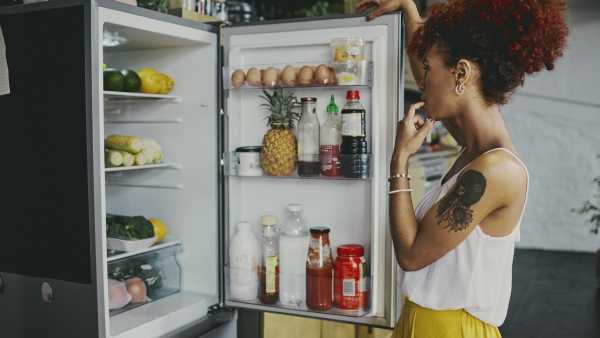
Nearly 4 in 10 American adults reported engaging in dangerous cleaning practices to prevent COVID-19, such as washing food with bleach, using household disinfecting products on their skin or intentionally inhaling vapors from cleaning products, according to a recent survey.
A report from the Centers for Disease Control and Prevention (CDC) follows an earlier study describing an increase in calls to poison control centers regarding exposure to household cleaners, during the COVID-19 pandemic.
The new report is based on an online survey of about 500 adults from around the U.S. who answered questions about their general knowledge of household cleaning safety and specific practices for preventing COVID-19 transmission. The researchers used a statistical technique called weighting to make their sample representative of the U.S. population.
Most participants had some knowledge of how to clean safely. For example, most said that there should be good ventilation in a room when using cleaning chemicals and that cleaning products should be kept out of the reach of children. Most were also aware that they should wash their hands after using household cleaners.
However, there were dangerous gaps in their knowledge. For example, only about one-third said that bleach should not be mixed with vinegar. This mixture can produce chlorine gas, which can cause irritation of the eyes, throat and nose and potentially lead to breathing problems, Live Science previously reported.
What’s more, 39% of participants said they had engaged in potentially harmful cleaning practices in the last month in an effort to prevent COVID-19. For example, 19% said they had used bleach to wash food items such as fruits and vegetables, which is not recommended because ingesting bleach is hazardous. (People should use plain water to wash fruits and vegetables, Live Science previously reported.)
In addition, 18% reported using household cleaners or disinfectant products on their hands or skin, 10% reported misting their body with a cleaning or disinfectant spray, 6% reported inhaling vapors from household cleansers or disinfectants and 4% reported drinking or gargling diluted bleach solutions.
“These practices pose a risk of severe tissue damage and corrosive injury and should be strictly avoided,” the authors wrote in their report, published Friday (June 5) in the CDC journal Morbidity and Mortality Weekly Report.
Those who engaged in these risky practices were more likely to report at least one harmful health effect that they believed to be the result of using cleaners — such as nose, skin or eye irritation, dizziness, headache or breathing problems — compared with those who didn’t engage in these practices, the report found.
“COVID-19 prevention messages should continue to emphasize evidence-based, safe practices such as frequent hand hygiene and frequent cleaning and disinfection of high-touch surfaces,” the authors said. But these messages should also emphasize avoiding high-risk practices such as “use of bleach on food products, application of household cleaning and disinfectant products to skin and inhalation or ingestion of cleaners and disinfectants,” they said.
Consumers should always read instructions on cleaning products, wear protective gear and avoid mixing chemicals when cleaning.
Sourse: www.livescience.com





